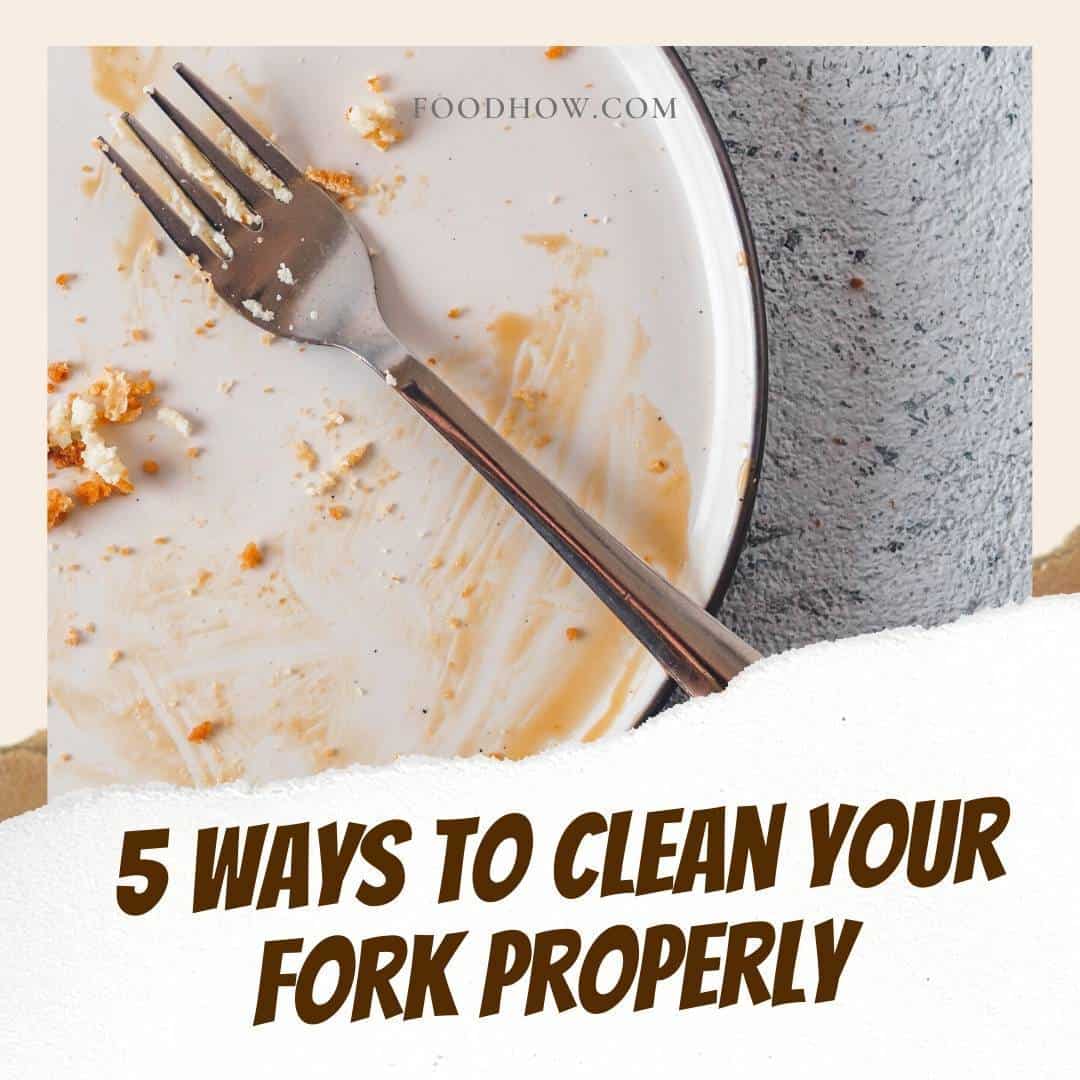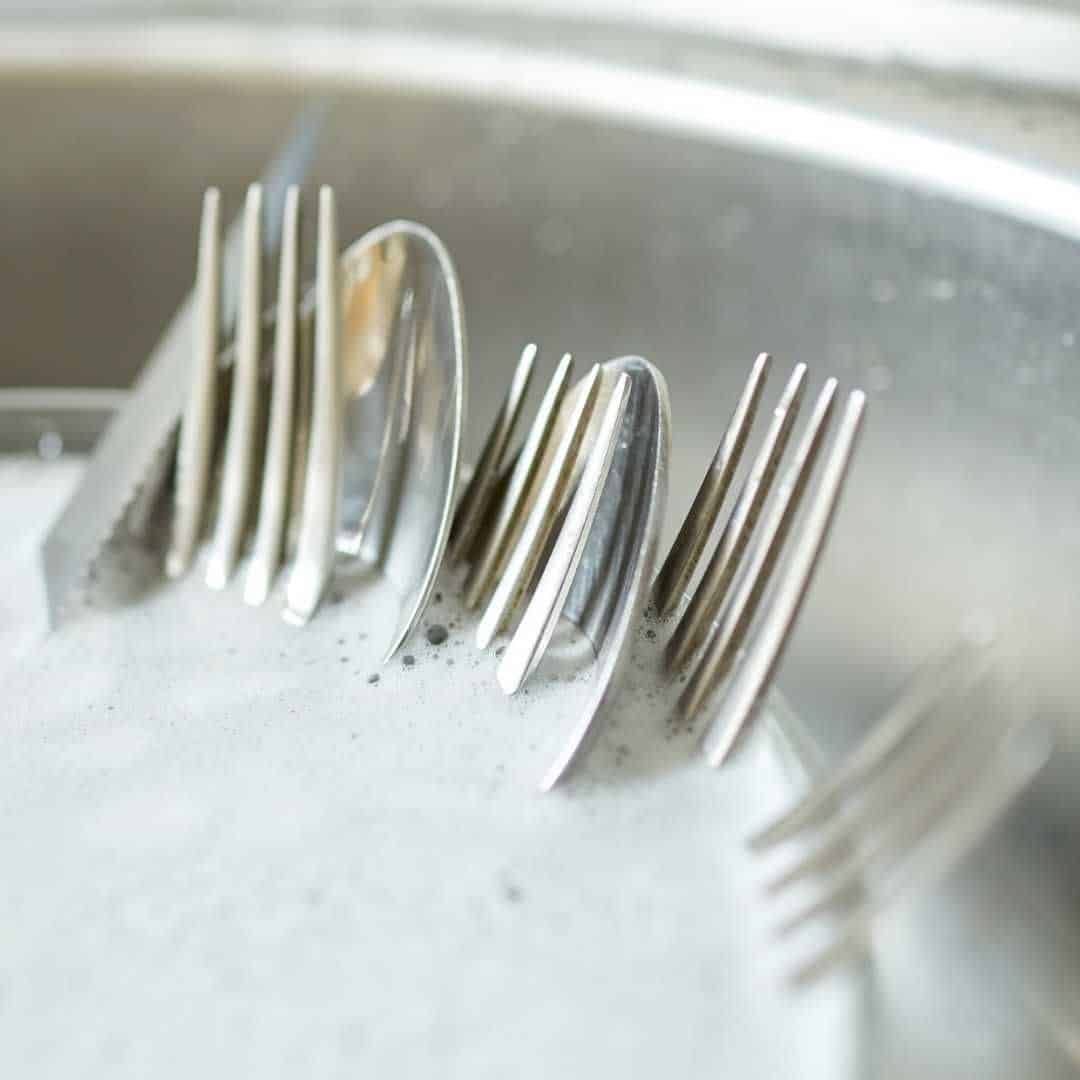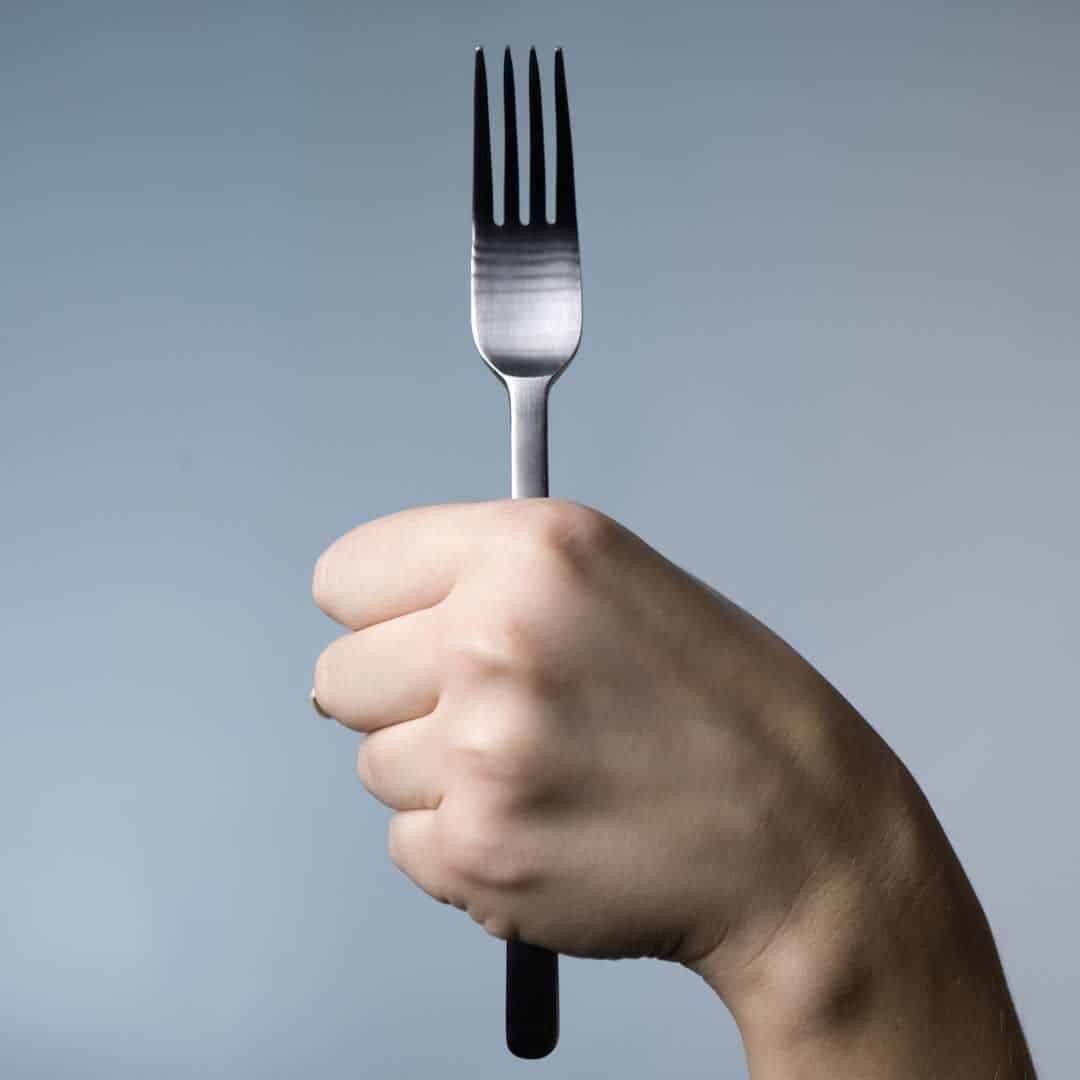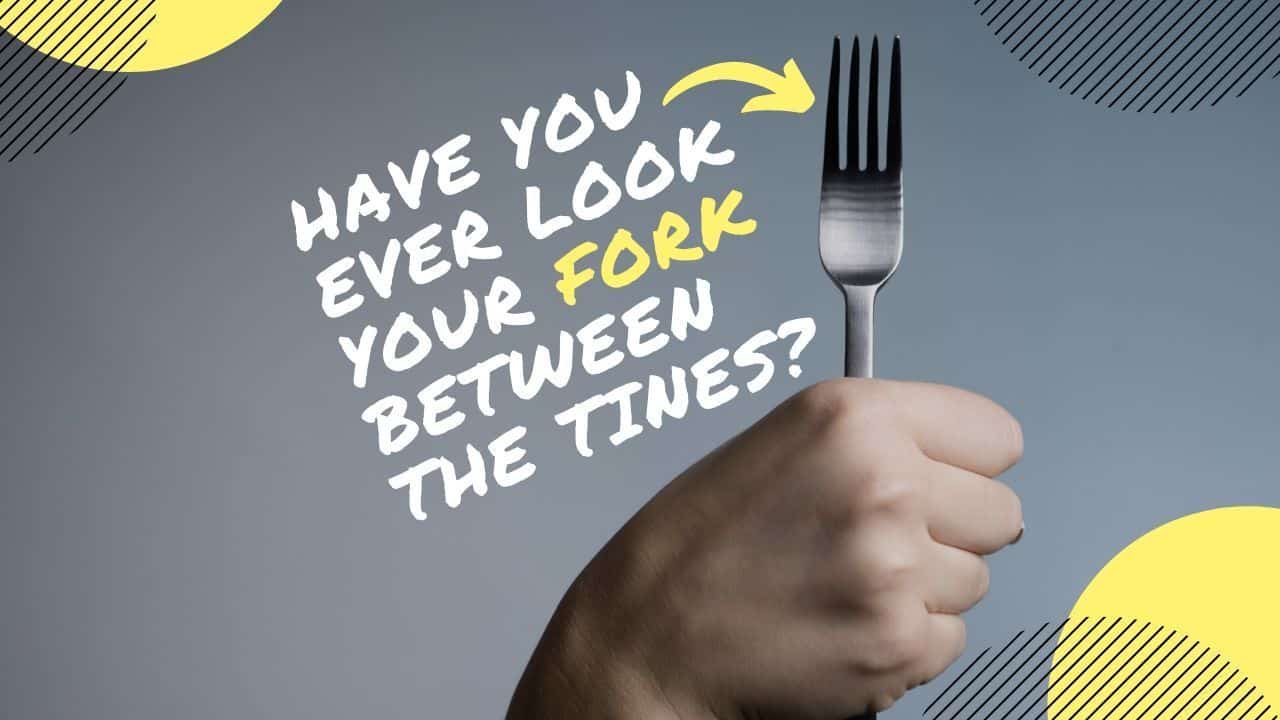Have you looked at your forks lately? Run to the kitchen and check one out. Now you see it! All of them have food between their tines!
Most people don’t know how to wash their forks properly, simply storing them away with a terrible crust build-up between the tines. This muck remains even after rinsing them.

That’s right, most people don’t know how to wash their forks properly - and you might be one of them! Truth be told, I didn’t know how to clean them either. I thought I was doing alright, but that was before I saw the many different foods that were living between my forks’ prongs!
Don’t panic! You’re about to find out why you’ve been cleaning your forks the wrong way. You’ll also learn how to do it properly. That way, your forks will never surprise you with last week’s leftovers ever again.
You’re Cleaning Your Forks Wrong!

You’re probably dealing with your forks (and most of your cutlery) in one of two ways.
The first one would be doing it by hand, using a sponge, and washing up liquid to deal with the issue. You scrub away, have a little workout near the sink, dry the forks, and store them away until you’re ready for dinner.
Here’s the thing: No matter how hard you go at it, that sponge cannot get between the forks’ prongs – and that’s where crumbs, grime, and bacteria build.
“Wait a minute,” you say, “this is the 21st century, I use a machine for such a mundane task”. And that’s great – if we are talking about pots and pans that you rinsed before using the dishwasher anyway. When it comes to forks, dishwashers are an even worse option than doing it by hand. It just doesn’t cut it!
So, how are you going to clean your forks from here on out? Find out down below!
5 Ways to Clean Your Fork Properly

1. Brush the Dirt Away with a Toothbrush
The first thing you need to do is throw that sponge away because it’s not doing you any favors. Once that’s out of the way, you need to look for an old toothbrush. If you don’t have one, buy one. Replace it with a new toothbrush.
When you have that old toothbrush ready to go, all you have to do is scrub the dirt away using the same detergent you used before. This works wonders because of the toothbrush’s bristles. These tiny fibers will get between the forks’ tines like nothing else, removing any crumbs that were there.
Keep in mind that you should use a toothbrush with soft bristles. Otherwise, you risk damaging your forks.
2. Use the Fork Scrubber
If you liked the toothbrush idea, you might love this tool specifically made for the job.
The internet has plenty of gadgets and cool things that we didn’t know we needed until we saw them – and this might be one of those things. It’s like the toothbrush method on steroids.
The thing about cleaning with a toothbrush is that its bristles cannot clean cutlery properly, because they are made to clean teeth. While it’s better than using a sponge, it’s not as good as it should be. Enter the special fork-cleaning device.
This little gadget features multiple sets of bristles, allowing you to leave your forks and other cutlery spotless. Its bristles are designed to deal with cutlery, so you have no chance of ruining them like you would with toothbrushes. You’ll get better results than with a toothbrush, and it’s much easier to use!
I like this method most because other cleaning methods below may cause the cutlery to become tarnished and streaky over time. Brushing is effective and safe for both, stainless steel and silver utensils.
3. Take a Day to Soak Your Forks
This one takes a little bit of time, but it leaves your forks as good as new. Fill a jar with water mixed with vinegar. Once it’s ready, place your dirty forks inside the jar and let them sit there for a full day. If you can leave them there in the morning, you can deal with the second part at night.
After a couple of hours have gone by, you can take the forks one at a time and remove the muck and crumbs with a pin. Rinse with water and move on to the next one until they are all done. Remember to use a pinhead that will allow you a little bit of movement between the prongs. That way, you’ll be able to get everything off between the tines of your forks.
This method is great, but it does require a little bit of patience!
4. Boil the Utensils Until the Dirt Falls off
This method requires a pot too.
- Fill a pot or saucepan with water.
- Add 1-2 tablespoons of baking soda and let it come to a boil.
- Carefully place the forks in the boiling water.
- Boil for 5-10 minutes, then turn the heat off and remove the lid.
- Carefully remove all the utensils from the water.
- You can still use a brush if you think that the boiling did not remove all the dirt.
- Remember to give all your forks a good water rinse before you put them away!
Caution: Be super careful as utensils and water are very hot. Also, if your forks have plastic handles, then excessive heat could ruin the plastic. So, I would recommend brushing instead.
5. Clean and Disinfect with Bleach
If all else fails and you feel bold enough to try, you can use bleach to clean your forks and any other dirty cutlery you own. Bear in mind, this shouldn’t be used as your everyday method, but as a last resort.
Soak the fork in a bleach solution and use a toothbrush to rinse the residues and crumbs away. Keep at it until it looks as good as new. Once you’re done with the bleach, rinse the forks thoroughly several times.
Caution: Use only one tablespoon of bleach per gallon of water. When sanitizing with the bleach solution, always wear gloves and protective eyewear. Also, do not mix bleach with dish soap, and do not use hot water as you don’t want to breathe in the fumes.
However, I personally would not use this method and opt for something more natural instead. Lately, I have experimented with rock or coarse salt, and it seems to work very well. Salt grains will go easily between fork prongs and scrub out all the dried-up food particles. Also, scrubbing with salt will get rid of bacteria.
There you have it. You now know the disgusting secret most forks hide between their tines – and how to solve the issue! Personally, I tried most of these methods, and the second one was the best yet. It’s quick and easy to use. You should try them all and see which one works best for you!
New post: How to Easily Peel Hard-Boiled Eggs. (Works every time).

